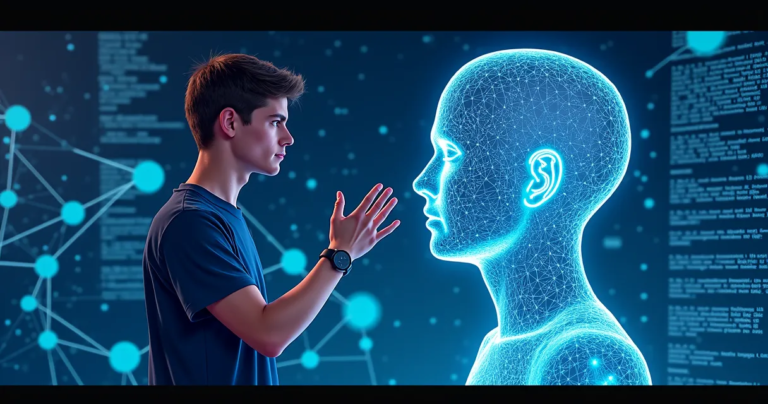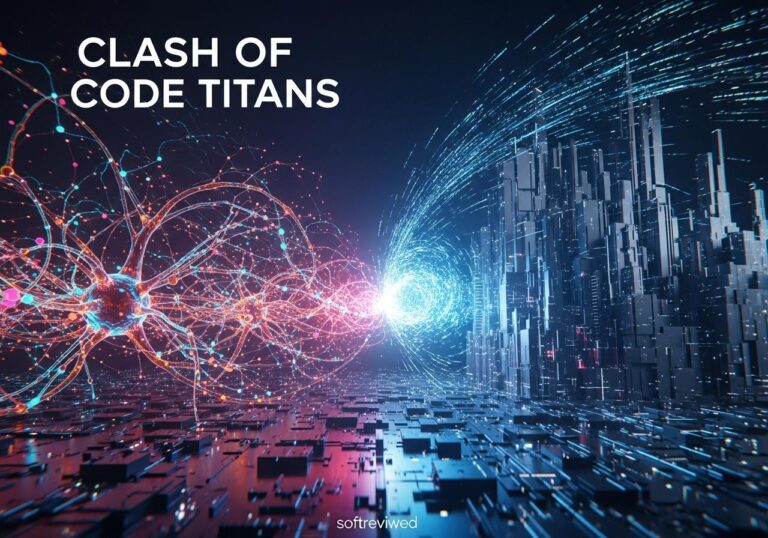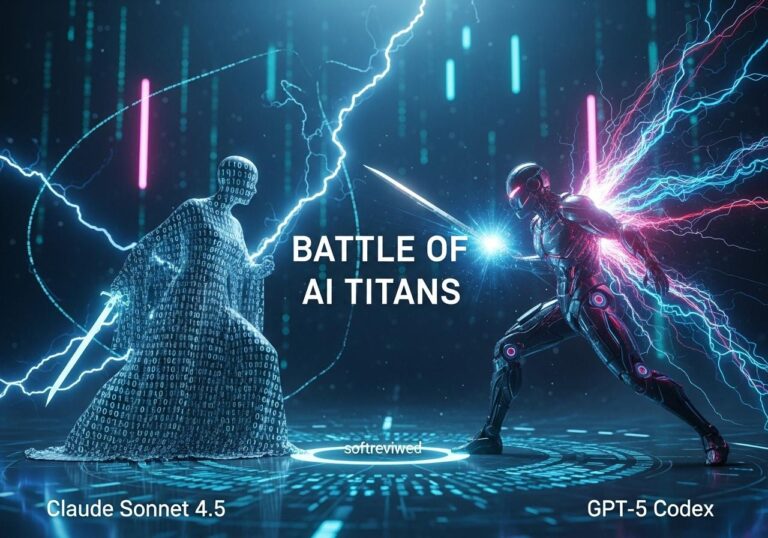OpenAI’s Open-Weight Model: A New Era
After years of keeping models closed, OpenAI returns to open source with its most advanced open-weight model since GPT-2
🔓 Open-Weight Model Revolution
OpenAI is set to release its first open-weight model since GPT-2, featuring advanced reasoning capabilities and multilingual problem-solving, marking a strategic shift toward increased transparency in AI development.
⚙️ Customization Without Retraining
Businesses can seamlessly integrate internal data or domain-specific knowledge without rebuilding entire models, enabling cost-effective specialization while maintaining core capabilities.
🥊 Competing in the Open-AI Space
OpenAI targets dominance in the open-source AI landscape, directly challenging Meta’s Llama series and DeepSeek’s V3 models with advanced capabilities while embracing the community development approach.
📅 Strategic Release Timeline
With a planned Summer 2025 release, OpenAI aims for a methodical rollout in the coming months, with global developer feedback sessions scheduled to refine the model before public availability.
🛡️ Safety-First Approach
Thorough testing protocols are being implemented to prevent potential misuse, aligned with OpenAI’s comprehensive risk-mitigation framework while still providing powerful capabilities.
🔒 On-Premises Data Security
The model enables secure deployment in sensitive sectors like healthcare or finance without exposing confidential data, allowing organizations to maintain compliance while leveraging advanced AI.
Get ready for a significant shift in the AI world! OpenAI, the company behind the groundbreaking ChatGPT, has announced it will release a new 'open weight' AI model this summer. This move, spearheaded by CEO Sam Altman, marks a departure from the company's traditionally closed approach, signaling a new chapter in AI accessibility and development. This new open weight model is poised to offer enhanced capabilities and increased flexibility for developers and researchers, and has been touted to be a major step forward for the company, given their previous stance on open-source technologies.
What's the Buzz About Open Weight Models?
So, what exactly is an 'open weight' model, and why is it causing such a stir? 🤔 In simple terms, an open weight AI model makes its trained parameters, or "weights," publicly accessible. These weights are the core of the AI, dictating how it processes information and makes connections. Think of them as the AI's learned knowledge. By releasing these weights, OpenAI is allowing developers and researchers to use, modify and fine-tune these models for their own purposes. This differs from a completely closed model, where only the API is available for interaction.
Open Weight vs. Open Source: What's the Difference?
It's essential to distinguish between 'open weight' and 'open source' AI models. While both terms promote accessibility, they differ significantly. 📌 An open weight model releases the trained weights but keeps the underlying training data, algorithms, and detailed architecture proprietary. 📌 In contrast, a truly open source model provides full transparency, sharing the source code, training data, and methodologies along with the weights. This allows for deeper understanding, modification, and even recreation of the model. OpenAI's move to release an open-weight model is a step towards more transparency, but falls short of full open-source access. This can be likened to the difference between getting a pre-compiled software binary (open-weight), and getting all the source code (open-source), as famously described by Andrej Karpathy.
Why is OpenAI Shifting Gears?

For years, OpenAI has maintained a relatively closed approach to its most advanced AI models, offering access mainly through APIs and paid subscriptions. So, why the sudden change? Sam Altman himself acknowledged in a Reddit "Ask Me Anything" session that OpenAI might have been "on the wrong side of history" when it comes to open-source technologies. This shift appears to be driven by several factors, including growing competition and a push for wider accessibility of powerful AI.
The Competitive Landscape: DeepSeek and Meta's Influence
The AI landscape has become increasingly competitive, with other players making significant strides. DeepSeek, a Chinese AI firm, recently released its open-source R1 model, demonstrating impressive capabilities at a lower cost. This was a key factor as the model showed it was possible to build highly capable open models using fewer resources. 📈 Similarly, Meta's Llama models have gained considerable traction, reaching over a billion downloads, further challenging OpenAI's closed approach. These developments have seemingly spurred OpenAI to reconsider its strategy and explore the benefits of increased openness. This has resulted in a more dynamic and open AI environment, driving innovation and accessibility.
Reasoning Capabilities: More Than Just Text Generation
OpenAI's upcoming model isn't just about churning out text; it's designed with advanced reasoning capabilities. This means it can "think" through problems, make logical connections, and provide more structured responses, setting it apart from previous models. This addition enhances the AI's ability to tackle more complex tasks, bringing it closer to human-like problem-solving.
How the New Model 'Thinks' Before Answering
According to reports, the new model "thinks before it answers," producing an internal chain of thought before generating a response. This approach allows it to tackle complex tasks with greater accuracy, evidenced by its strong performance in areas like math and science. For instance, the model has demonstrated high performance on competitive programming questions, math olympiad qualifiers, and surpasses PhD-level accuracy on physics, biology, and chemistry problems. This advanced approach signifies a significant jump in AI's ability to perform intricate tasks.
Developer Access and Customization
The open-weight framework of the new model offers considerable advantages for developers. ✅ By making pre-trained weights publicly available, developers can customize the model for their specific needs without having to start from scratch. This allows for a high degree of flexibility and adaptability.
Fine-Tuning for Specific Needs
This capability allows developers to fine-tune the model for specialized tasks, incorporate sensitive data, or integrate domain-specific knowledge. For example, a business could upload internal documents to incorporate its information in the model's outputs, without having to train an entire model from the ground up. The capacity to fine-tune models opens doors to enhanced functionality across diverse sectors.
How Does Sam Altman’s Announcement on Open Weight AI Model Relate to Predictions About AI and Immortality?
Sam Altman’s announcement on the Open Weight AI model aligns closely with the anthropic ceo’s ai immortality vision. As advanced AI systems evolve, they could unlock opportunities for extending human life and consciousness, garnering significant attention in the quest for immortality through technology and innovation in artificial intelligence.
The Road Ahead: What to Expect From OpenAI's Model
OpenAI plans to roll out the new open weight model gradually, with developer events in San Francisco, followed by additional sessions across Europe and the Asia-Pacific regions. They are seeking feedback from developers to make the model as useful as possible. This approach underscores OpenAI’s focus on making sure this transition is smooth and meets the needs of the community. The company is carefully considering the implications of opening up its model, especially given the potential for modification post-release.
The Openness Gambit: A New Era for AI?
The release of an open weight model marks a potential shift in the AI industry. It could accelerate innovation, encourage collaboration, and lead to more democratized access to advanced AI technologies. By making pre-trained weights accessible, OpenAI is paving the way for developers to build more specialized applications and contribute to the rapid advancement of the field. This marks a big change from the previous methods where access was limited.
The Balancing Act: Transparency vs. Responsibility
However, this move also brings new challenges. While increased transparency and accessibility are beneficial, they also raise concerns about potential misuse. ⛔ Ensuring the safe and ethical application of AI will require careful management and the participation of the AI community. There needs to be a balance between encouraging innovation and preventing malicious actors from using the technology for harmful purposes. The release process will be crucial for ensuring that openness does not undermine responsibility.
Key Takeaways
OpenAI's decision to release an 'open weight' AI model this summer represents a major shift in the company's approach. Here are the key takeaways:
- Open Weight, Not Open Source: The model will release its trained parameters (weights) but not the underlying code or data.
- Reasoning Capabilities: The model will have advanced reasoning abilities, allowing it to tackle more complex tasks.
- Competition Driven: This move is partly in response to the growing competitive landscape with companies like DeepSeek and Meta.
- Developer Access: Developers will have greater flexibility to customize the model for specific applications.
- Potential for Innovation: The model's release could accelerate innovation and democratize access to advanced AI.
- Need for Responsible Usage: This move calls for careful consideration of ethical and safety implications.
This new development could very well alter the course of AI development. The upcoming months are set to be exciting as the tech community gets to see the impact of this change. The release is set to transform how we use, interact with, and even think about AI models.
OpenAI’s Open-Weight LLM Roadmap (2025)
This visualization shows OpenAI’s open-weight LLM strategy timeline, highlighting key milestones and contrasting with competitor approaches in the AI landscape.







